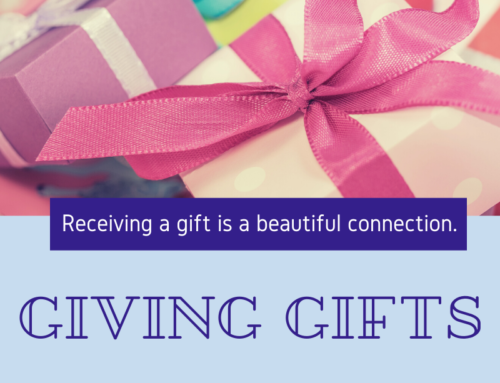 Being emotionally available to another human being is a big thing. It is showing up and listening. It is allowing for all emotions to be felt and expressed, in both parties. Being a person who is emotionally available is necessary in healthy primary, close relationships, friendships. It is an underpinning of connection… true, real connection to another. When emotional availability exists, both parties feel safe to express their true selves. They feel an unconditional love… “no matter how (angry, sad, lonely, joyful) I am, I feel held, loved, accepted.
Being emotionally available to another human being is a big thing. It is showing up and listening. It is allowing for all emotions to be felt and expressed, in both parties. Being a person who is emotionally available is necessary in healthy primary, close relationships, friendships. It is an underpinning of connection… true, real connection to another. When emotional availability exists, both parties feel safe to express their true selves. They feel an unconditional love… “no matter how (angry, sad, lonely, joyful) I am, I feel held, loved, accepted.
Do you think it is an easy thing to be this way? I would propose that it is not. I would say that it is something that has to be worked at.. and worked on. One has to be conscious of being this way. It is so easy to “check out,” to avoid difficult feelings within oneself and others. People who are deemed emotionally unavailable can be controlling of the feelings expressed. This way they don’t have to “go there” to the vulnerable places that emotions can take us. Often, from childhood, they have been taught “not to go there”… that only certain emotions are okay; that your expression of anger or sadness is unwelcome. Parents often model for their children a way of being that is like this… and therefore the child learns from the master of how to live a very constricted emotional life. This pattern gets handed down from generation to generation.
At some point–at some age or at some life event–this need for emotional availability becomes essential to thrive. If you are with a life partner or good friend who is not considered emotionally available, you feel a stuck-ness. A loneliness. You want them to know you, all of you, and when they cannot, it is a very sad thing. It is here that a very complicated emotional dance starts. This in turn leads to avoidance and withdrawal at times, until ultimately there is overwhelming emotion that leads to a confrontation, or a serious look at “what’s happening?”
If you are in a relationship like this, it is most likely both of you that have challenges with emotional intimacy. One person is changing and wants it completely, while one person does not want things to change. And so a new dance begins, in which one person tries to pull the other in to them, and then, over and over again, gets disappointed by the lack of reciprocation or connection. This is a dance many of us can relate to.
How, then do we go about creating change once and for all?
First, both parties have to want to change. If not, then it’s not going to ever change.
Second, both parties have to acknowledge their way of showing up with one another. Are they distracted, only present with certain feelings, abusing alcohol or drugs to numb the closeness, working endless hours, or involving themselves in other activities to avoid too much contact with the other person. This can be such a complicated endeavor and one that has many masks being worn. This also may make it difficult for the parties to identify behaviors needing to be changed. As such, a therapist could help to tease out the intricacies.
And third, both parties need to commit to making pragmatic changes in how they relate to one another. For example, “I commit to listening to how you feel in a given situation without becoming defensive.” Or “I commit to really having empathy for what you are going through at work.”
To make a shift in this area, being more emotionally available, is a sign of mental wellness and growth. It is a conscious endeavor that can happen if given half a chance and a willingness to shed an old way-of-being, for a new one. ;-)




